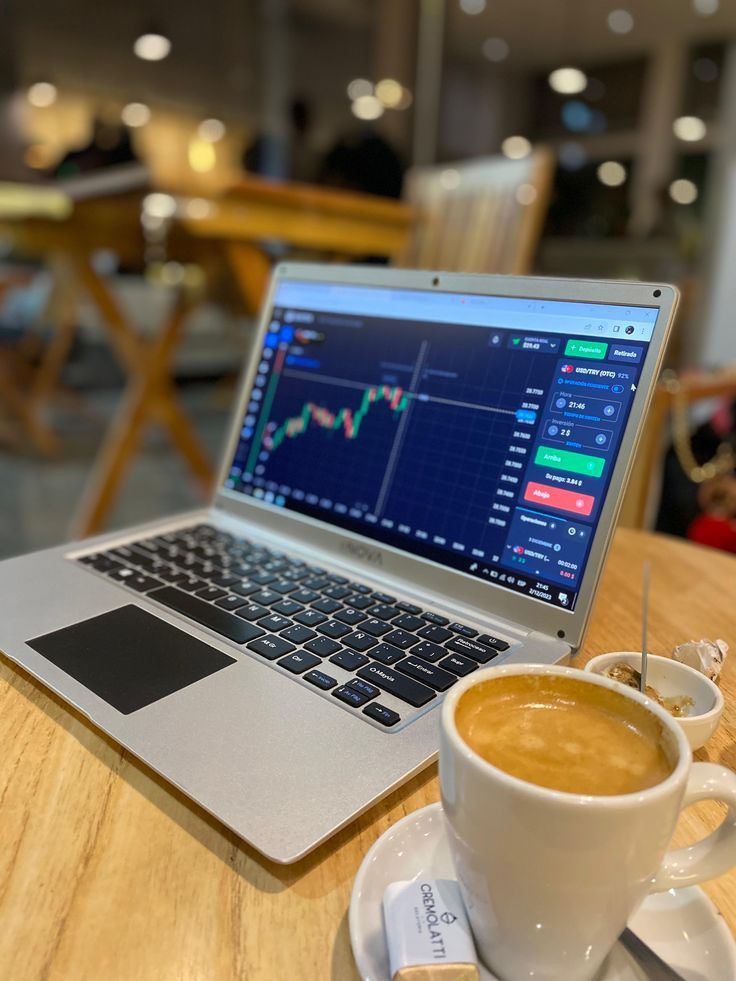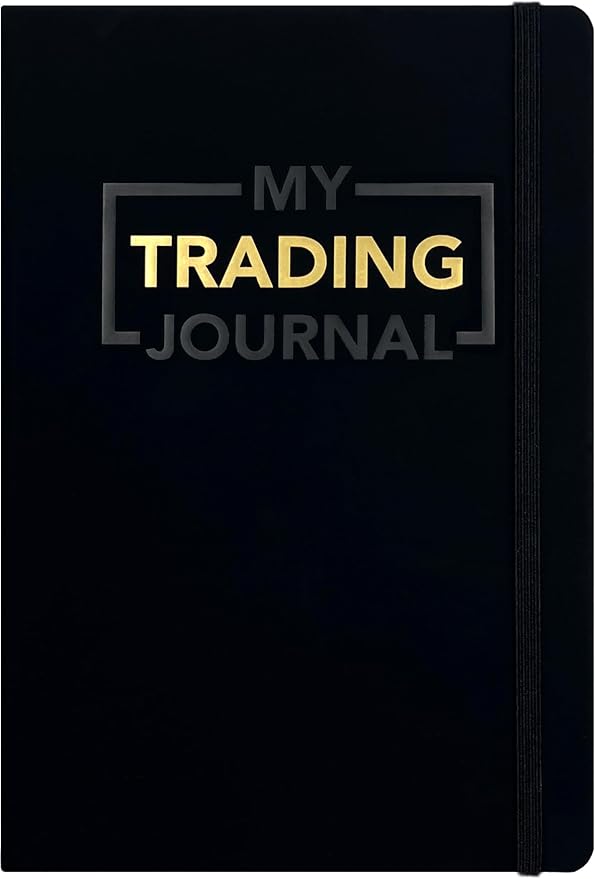*This Article Contains Affiliate Links. We earn a small commission when you use our links
Trade with Mr. CEVOX
Understand market sentiment, track economic factors, and use practical tips to make informed trading decisions.
Popular articles
Analyzing the the Forex Market
Analyzing the Forex market is essential for making informed trading decisions. Beginners should focus on two main types of analysis: technical analysis and fundamental analysis.
1. Technical Analysis
Technical analysis involves – looking at charts, trends, and patterns. Trying to spot patterns with currency movements. You're watching for things like support and resistance levels, moving averages, all to try and predict where things might be heading.
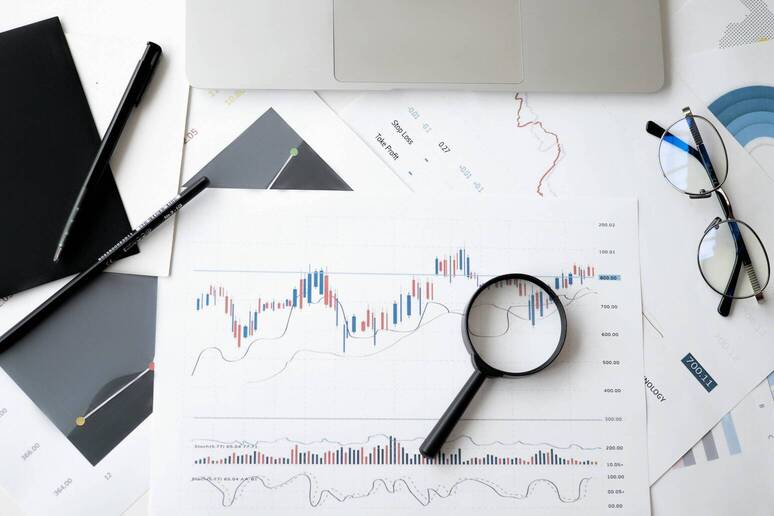
Key Tools and Concepts
- Price Charts: Use line, bar, or candlestick charts to visualize market movement.
- Support and Resistance Levels: Identify price zones where markets frequently reverse or break out.
- Chart Patterns: Learn common patterns like head and shoulders, triangles, or flags to anticipate price moves.
- Indicators:
- Moving Averages (MA): Tracks price trends over time.
- Relative Strength Index (RSI): Measures overbought/oversold conditions.
- MACD (Moving Average Convergence Divergence): Indicates trend direction and momentum
Start with simple tools like trendlines and moving averages.
2. Fundamental Analysis: Understanding Market Drivers
First, you've got to watch the economic indicators like GDP growth rates, unemployment figures, inflation data - these give you a sense of how a country's economy is doing. Then there's the central bank policies, interest rates, and all that jazz. Higher interest rates often attract investors looking for better returns, which can boost a currency's value.

Fundamental analysis involves evaluating economic and geopolitical factors that influence currency prices.
Key Factors
- Economic Data Releases:
- Interest Rates: Higher rates often strengthen a currency.
- Inflation Reports (CPI): Reflects a country’s economic health.
- Employment Data (e.g., NFP in the US): Indicates labor market strength.
- Central Bank Policies: Monitor statements from the Federal Reserve, ECB, or Bank of England.
- Geopolitical Events: Political instability, trade agreements, or wars can significantly impact currencies.
Use Tools and Resources
Economic Calendars: Keep track of major events.
News Platforms: Follow Forex Factory, Investing.com, or Bloomberg for updates.
Trading Platforms: Use MetaTrader 4 or MetaTrader 5 for access to charts and indicators.
Conclusion
Never underestimate the power of technical analysis and fundamental analysis. They work hand in hand, just like peanut butter and jelly! Combine them to get a clearer picture of market behavior.
Example: Let's say you're analyzing the EUR/USD pair. You notice a strong uptrend in the technical charts, supported by positive economic data from the Eurozone. However, geopolitical tensions could impact the USD's strength. With a blend of currency trading analysis and forex market analysis, you'll have a well-rounded approach to make informed trading decisions.
Hope this article helps.
Watch Video
RESOURCE
Recommended Books
The Mental Game of Trading by Jared Tendler

Forex Trading QuickStart Guide by Troy Noonan
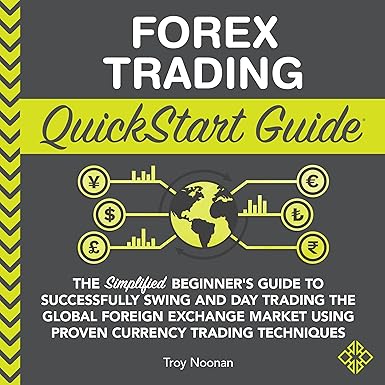
FOREX TRADING by Jim Brown
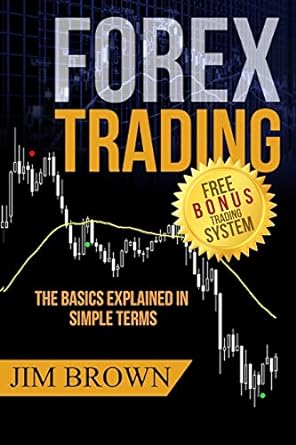
Shop
